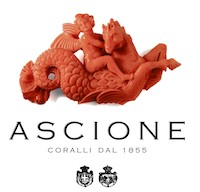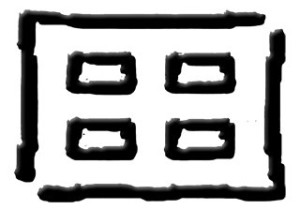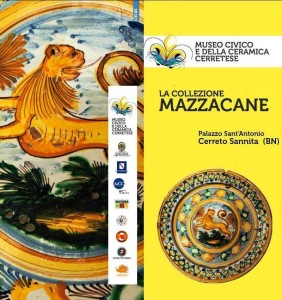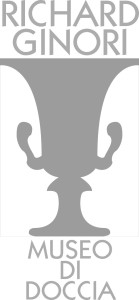The Ascione Museum
A short story of the firm
The Ascione firm dates back to 1855, late in the reign of Ferdinand II of Bourbon, when Giovanni Ascione (1834-1908), a very young man at the time, decided to start a business for the transformation of raw coral into finished products.

The Museum of Capodimonte

With the coming of Charles of Bourbon (1734-1759), the son of Philip V of Spain and Elisabetta Farnese, Naples returned to be the capital of an independent Kingdom.
On Capodimonte Hill, Charles commissioned to Antonio Medrano a monumental palace, immersed in a park of about one hundred and twenty hectares, where he placed the prestigious collections, coming from the ancient Farnesian residences.
The Royal Palace of Caserta

The Royal Palace of Caserta was built at the instigation of King Charles of Bourbon, founder of the Bourbon dynasty of Naples. The palace was part of a project of political reorganisation which provided for the creation of a new “administrative” capital of the Kingdom. The fiefdom of Caserta, property of the Acquaviva family, was acquired by Charles of Bourbon in 1750, and the design of the new palace was entrusted to architect Luigi Vanvitelli (1700-1773).
Cerreto Sannita Civic and pottery Museum
Opened to the public in 1995, the Museum documents the ceramics art tradition flourished in Cerreto after the 1688 earthquake. Notoriously, from XVI century, the antisexual culture of Spain at the time of the Inquisition, more and more present in Spanish influenced Neapolitan society, suggested a “Compendiario” style, made of plain and essential decorations, typical of Faenza ceramics.
Then, from XVII century, the presence of a large Florentine community proposed and spread out the typical patterns of Montelupo pottery, with a distinctive popular imprint. Cerreto, completely destroyed by a violent earthquake in 1688, inserts itself into the lively figurative cultural climate of the baroque Naples.

Museo Richard-Ginori della Manifattura di Doccia, Sesto Fiorentino (Italy)
In 1737 the Tuscan Marquis Carlo Ginori set up a porcelain factory next to his countryside residence. Doccia was the name of the place which was located in the borough of Sesto Fiorentino, six miles north of Florence, in Italy. That’s why Ginori porcelain is often referred to as Doccia.

meeting point
This is an open area dedicated to the meeting and interaction with industries and producers selected in the trail of the summer school. An opportunity to learn more about the world of production and academia and to exchange ideas and proposals.
The area is open to comments from readers.






